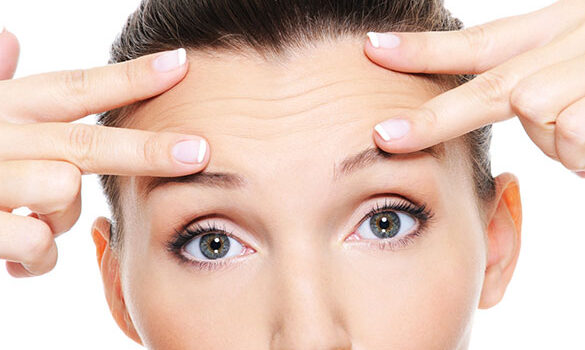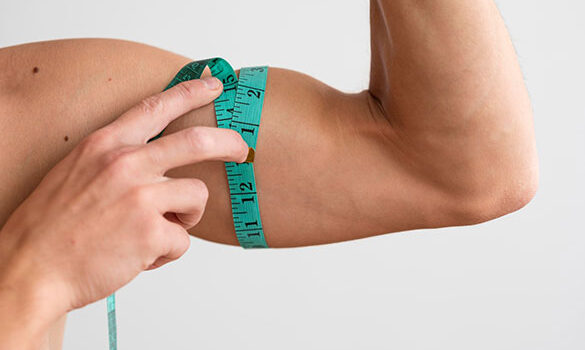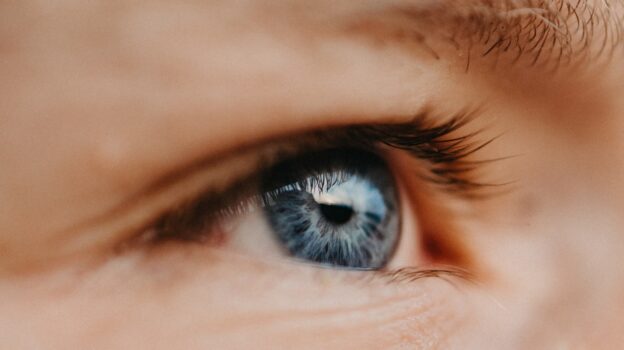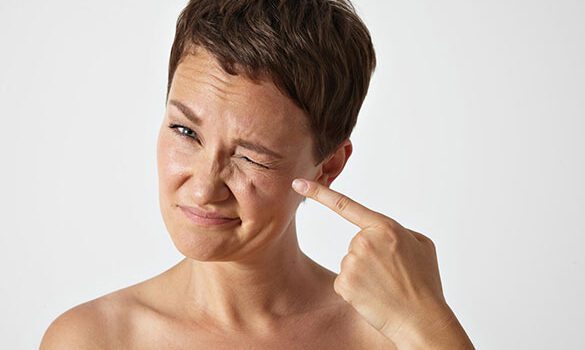Eyes are the most sensitive part of the human body as they undergo a lot of strain, and they are also one of the first features of the face people notice upon meeting someone. This is why many people opt for blepharoplasty.
Blepharoplasty is an eyelid surgery that helps to renew the area around your eyes and improve any functional problems. Through this surgery, individuals can get their eyelids lifted to reduce the appearance of puffy eyebags, and general heaviness to rejuvenate their appearance. Like all surgeries, however, blepharoplasty requires recovery time. Before and after this happens, however, there is a lot to consider.
GraceMed is home to blepharoplasty specialists and offers Mississauga eyelid surgery with a high level of expertise and professionalism. We will be able to help you weigh your options and answer any questions you may have about the surgery process.
If you are considering eyelid surgery, here’s what you will want to consider before the procedure, and what to prepare for after the fact.
Are You a Good Candidate for Blepharoplasty?
The best candidates for blepharoplasty are individuals with overall good health. Most people undergo the surgery after the age of 35, but if you develop problems before that age, you might still be able to go have the procedure done. The blepharoplasty recovery time can vary based on your health and the steps you take to recover. If you’re unsure whether you’re a good fit for the surgery, consider some of the concerns blepharoplasty can help rectify.
Droopy Upper Eyelids
Do your eyelids feel droopy or baggy or hang more downward than usual? This problem can occur with age and eventually restrict vision, but can be treated via blepharoplasty.


Credit: Anastasia Shuraeva Via Pexels
Bags Under the Eyes
Although bags under the eyes don’t necessarily cause medical problems, they can hinder your confidence. So, many people consider blepharoplasty to eliminate the issue and feel more secure in their skin.
Excess Skin on Either Eyelid
If you have excess skin on your upper or lower eyelid, it can be distracting to handle. If this is making you uncomfortable, blepharoplasty may be a good choice.
Compromised Vision Due to Extra Skin
Vision improvement comes before aesthetics, making blepharoplasty a helpful solution for those who cannot see correctly due to droopy or baggy eyelids. You can discuss your concerns with a GraceMed plastic surgeon in Mississauga who can guide you through the process of safely lifting your eyelids.
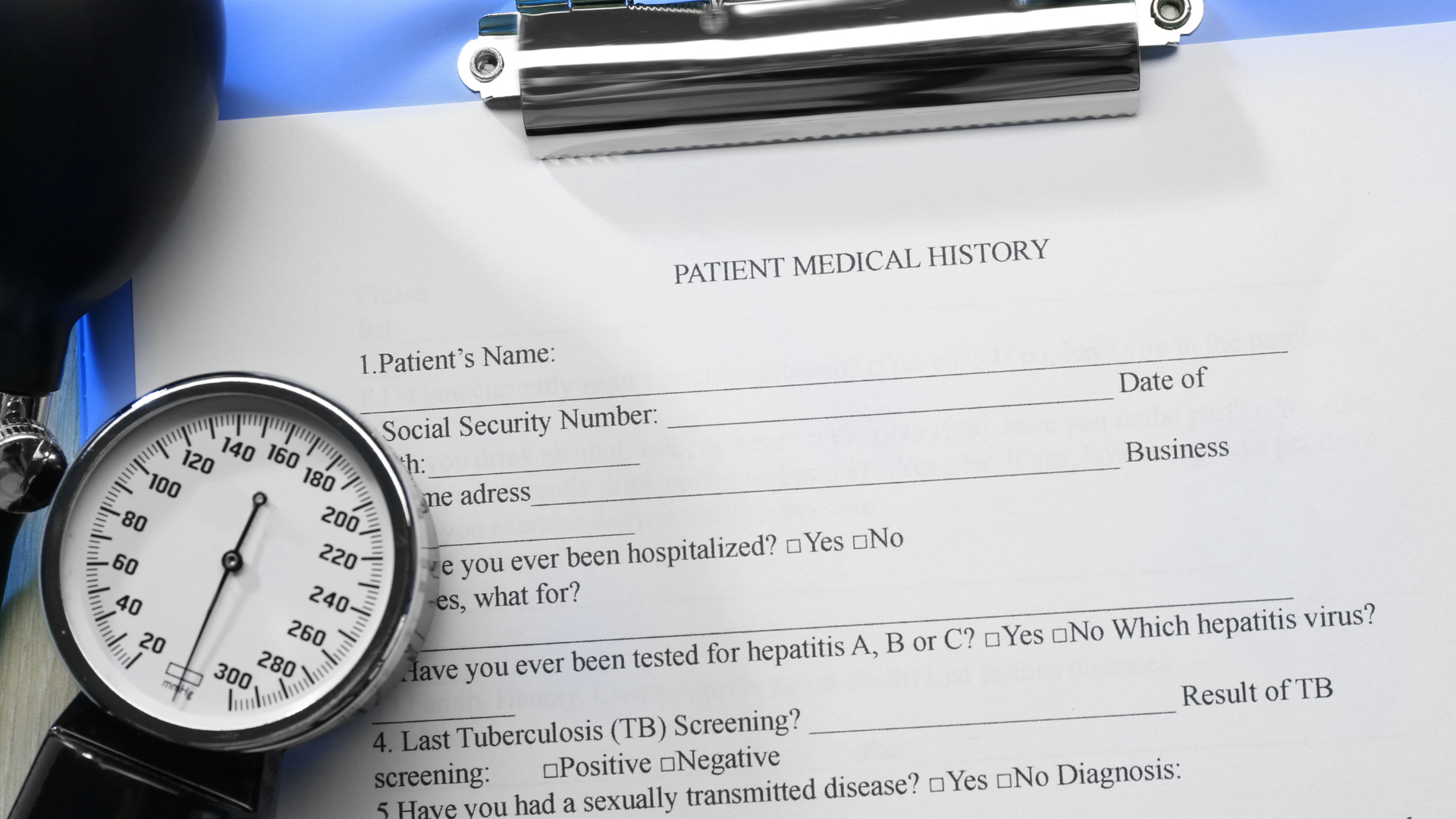

Credit: pixelshot Via Canva
Preparing for a Blepharoplasty
Preparing yourself for the surgery is just as crucial as the blepharoplasty recovery process. Once you’ve consulted the doctor and decided to go ahead with the surgery, here are some blepharoplasty before and after steps you can take to make sure you’re going into the surgery safely.
Free Two Birds with One Key
Yes, we are referring to the crow’s feet around your eyes! You can reduce the fine lines and wrinkles at the outer corners of your eyes while you’re fixing your eyelids. Since you’re already going undergoing treatment, this would be a good opportunity to blend another medical treatment into the mix.
You can combine blepharoplasty with laser skin resurfacing to reduce lines and wrinkles around your eyes. When you combine two treatments offered by GraceMed, you have the opportunity to save time and the hassle of preparing for two different surgeries.
Bringing laser skin resurfacing into the mix will not impact your blepharoplasty recovery. Laser skin resurfacing removes skin layer by layer. When the new skin cells develop during the healing process, the surface of your skin will be tighter, making you look younger. Laser skin resurfacing can usually be performed with other facial cosmetic surgeries, making it easier for you to combine the two. However, your doctor can guide you through the process and help you make the final decision.
Be Open About Your Medical History
Your doctor will ask you questions about your health, medication, past surgeries, and daily habits when you go in for a consultation. You must open up about your medical history. For example, if you’re an avid smoker, it is essential to inform your doctor about that. Since smoking can reduce your ability to heal after surgery, your doctor needs to be aware of your habits before proceeding with the surgery.
According to research, smoking results in a disturbed microcirculation and subsequent delayed wound healing. Due to this, it is vital to either quit smoking a few weeks before your surgery or let your doctor know what the issue is. If you neglect this step, it can severely hinder your blepharoplasty recovery process.
Inform the Doctor About Your Expectations
Sometimes, you might have certain expectations from a surgery that the doctor may not realize. If you let your doctor know your goal, they can guide you towards the right path. For example, if your goal is to look ten years younger with blepharoplasty, it may not be feasible. However, discussing your expectations with your doctor allows them to recommend other surgeries you can undergo or steps you can take to reach your desired outcome.
If you plan to enhance several facial features, you can also opt for Botox if you’re a good fit for the procedure. Our medical experts offer Botox in North York and all other clinics, such as Mississauga and Oakville.
Botox can address various issues, such as crow’s feet, frown lines, forehead wrinkles, and smile lines. When you discuss your intention of the surgery with your doctor, they can help you find the treatment that gives you the best outcome.
Go Through All Necessary Examinations
Performing surgery on a sensitive area like the eyes requires heavy preparation. Taking precautions for the treatment will ensure that you have a speedy eyelid surgery recovery. The surgeon will conduct a few examinations before giving you the green light for the surgery.
- Vision: The doctor will test your vision, including peripheral vision, which can be helpful to support an insurance claim.
- Physical: They will test your tear production and measure your eyelids for surgery accuracy.
- Photography: This step includes eyelid photography to ensure shots of your eyes from all angles to plan the surgery and assess effects. The photos can also compare blepharoplasty before and after transformations.
Discuss Other Non-Eye-Related Surgeries
If you’re undergoing these surgeries to prepare for a special occasion, you should talk to your doctor. For example, if your goal is to look younger and feel more confident by the end of the year, discuss your goals. You might want enhancements in both your eyes and lips and in that case, you may need dermal fillers to make your lips fuller. It is best to discuss your expectations with your doctor to create a cohesive plan for you to follow.
Sometimes, people use dermal fillers to reduce smoker’s lines and eliminate signs of ageing to achieve a more youthful look. One element that plays a key role in helping people look younger is collagen – an essential protein that keeps the issues and bones together and improves skin elasticity. With age, the ability to replenish collagen naturally decreases by about 1.0 – 1.5% each year. So, treatments like blepharoplasty, laser skin resurfacing, Botox, and dermal fillers help you reverse the signs of ageing and help you look youthful for longer.
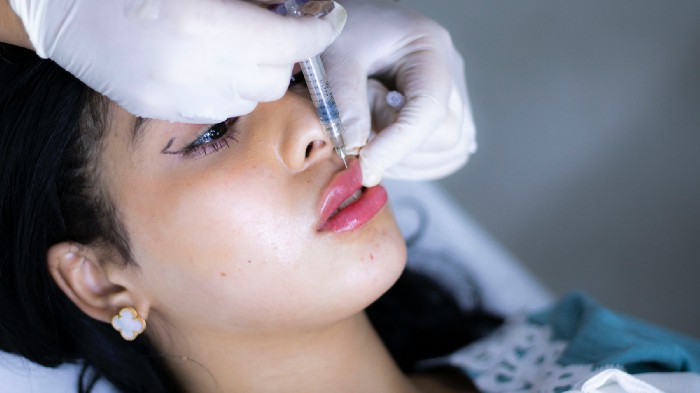

Credit: Youssef Labib Via Unsplash
If you’re ready to look younger but cannot wait for the results, you may also want to consider getting a 3 Day Facelift in addition to eyelid surgery. However, it is crucial to line up the surgery with your time of recovery from eyelid surgery by discussing it with your doctor. A 3 Day Facelift is ideal for people with loose skin that they can easily pinch. If you’re worried about deep wrinkles and loose skin, it might be time to take a step to reduce their appearance.
When you’re ready to undergo a facelift treatment, you can use practical facelift guide to determine the type of facelift you require. Your options are the superficial musculoaponeurotic system (SMAS) lift which improves the lower face and neck. On the other hand, the deep plane lift is more powerful and focuses on the SMAS layer and deeper structures of the face.
Taking Care of Yourself After Surgery
One of the most important things to do after blepharoplasty is take the necessary measures to recover safely.
How Long is Recovery for Blepharoplasty?
Your blepharoplasty recovery time can vary depending on how well you maintain your health, what your daily activities consist of, and whether you got any other surgeries simultaneously. Most people return to normal activities within seven to ten days after blepharoplasty, but the timeline can be different for everyone. Consider these helpful eyelid surgery recovery tips to make the process go as smoothly as possible.
Activity
Your recovery from eyelid surgery should be one of the most relaxing experiences you live through. Consider the levels of activity that are advised, and not advised, for eyelid surgery recovery.
- Sleep for long hours to rest your eyes as it will speed up the recovery.
- Keep your head elevated with two or three pillows. Instead of Googling how long do I have to sleep elevated after blepharoplasty, wait a few days and ask your doctor when it’s safe to go back to sleeping normally again.
- Limit straining your eyes for a few days. Focus less on watching TV, reading, or using your phone.
- Avoid strenuous activities as it may be one of the fastest ways to recover from a blepharoplasty. Please don’t participate in sports, lift heavy weights, or jog until your doctor says it’s okay.
- Take a break from swimming, gardening, and house cleaning for one or two weeks.
Incision
If your eye has a bandage on it, try not to touch it to ensure that nothing irritates the area. Keep it on until the doctor tells you to and make sure the area is clean at all times. Even after the bandage comes off, it is best to avoid wearing contact lenses, makeup, and other skin products for at least two weeks during your blepharoplasty recovery.
Medicine
Your doctor will let you know what medicines you can take after blepharoplasty. They might have stopped other medications before the surgery, so make sure to confirm with your surgeon when it’s okay to resume them.
If you’re wondering how long it takes to heal from a blepharoplasty, in the end it will all depend on if you are taking the necessary measures to enhance recovery. Take your medicines on time and be consistent about your eyecare.
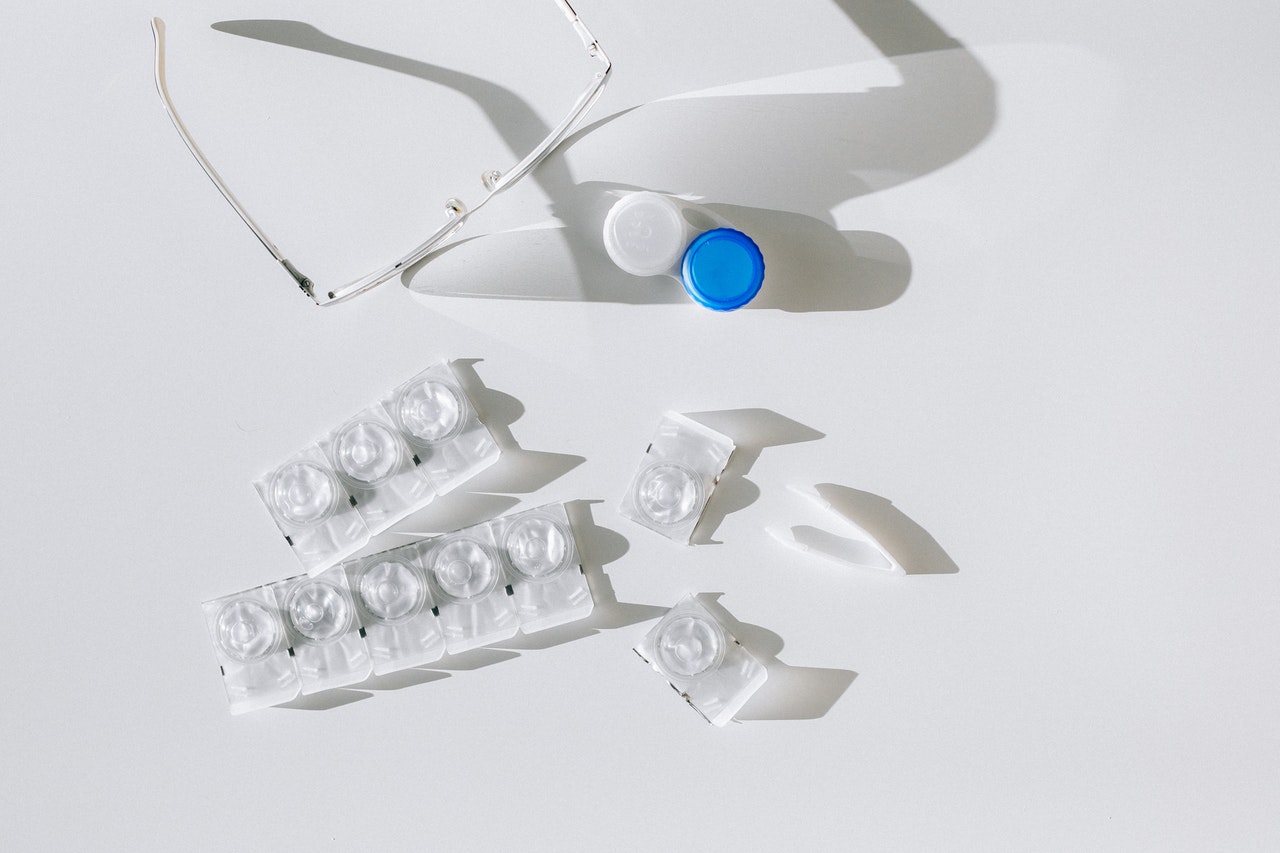

Credit: Nataliya Vaitkevich Via Pexels
Ice
You can use a use compress to reduce swelling in your eyes. Put a thin cloth on a piece of ice or cold pack and leave it on for 10 to 15 minutes. You can do this for the first few days of your blepharoplasty recovery to ease the discomfort you feel.
Prioritizing Follow-up Care
Ensuring proper follow-up care is an essential component of your eyelid surgery recovery. The process of caring for yourself after blepharoplasty requires more effort than just sleeping throughout the night and popping some pain pills. Although our surgeons at GraceMed will do their best to prepare you for your blepharoplasty recovery, you must know when to ask for further help. Make sure to visit your doctor as scheduled and call your healthcare provider if you feel extreme discomfort, pain, nausea, swelling, or other unexpected symptoms.
Blepharoplasty Recovery Tips
Follow these eyelid surgery recovery tips to reduce your recovery time and enjoy your rejuvenated skin sooner.
- Stock up your fridge before surgery.
- Prepare ice cubes beforehand.
- Wear sunglasses to protect your eyes.
- Try to avoid going out during the healing process.
- Avoid strenuous activities.
- Stay away from screens for a few days.
- Take time off of work for a minimum of one week.
- Rest, rest, rest!
Your blepharoplasty recovery lies in your hands to an extent. Make sure to follow all the steps your surgeon suggests, and you’ll be ready to stare at your beautiful eyes in the mirror and receive compliments in no time!






